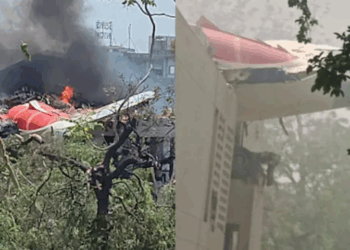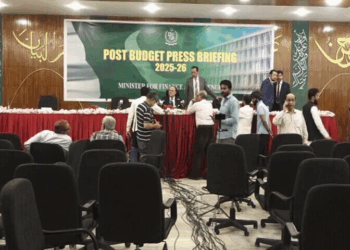Islamabad, April 23, 2025: Pakistan has expressed deep concern over the tragic killing of tourists in Indian Illegally Occupied Jammu and Kashmir (IIOJK), while also rejecting India’s baseless allegations attempting to link Islamabad to the incident without evidence.
At least 26 people were killed and dozens injured when gunmen opened fire in the resort town of Pahalgam, approximately 90 kilometers from Srinagar, on Tuesday. According to Indian police, the assailants ambushed a group of tourists, firing at close range, leaving many critically wounded.
In an official statement, the Foreign Office of Pakistan said: “We are concerned at the loss of tourists’ lives in an attack in Anantnag. We extend our condolences to the near ones of the deceased and wish the injured a speedy recovery.”
Pakistan strongly condemned the targeting of civilians and offered heartfelt sympathies to the victims’ families. At the same time, the government questioned the credibility of the Indian narrative that swiftly emerged after the incident.
Indian propaganda
Despite the lack of an investigation, Indian officials and media began assigning blame to Pakistan within minutes of the attack. Social media accounts linked to Indian intelligence agencies, including those associated with the Research and Analysis Wing (RAW), circulated accusatory posts within five minutes of the event. Hashtags such as #PakSponsoredTerror and #PakistanTerrorError began trending almost immediately, supported by a coordinated digital campaign from troll accounts and BJP-affiliated handles.
Indian Prime Minister Narendra Modi, who was in Saudi Arabia at the time, cut short his trip and labeled the incident a “heinous act”, vowing the attackers would be “brought to justice”. The attack occurred a day after Prime Minister Modi met U.S. Vice President JD Vance in New Delhi. The U.S. leadership, including President Donald Trump, issued statements expressing solidarity with India.
However, Pakistani officials and defense experts have raised several concerns about the circumstances of the attack and the speed with which blame was apportioned. They questioned why there has been no verifiable footage from one of the most militarized zones in the world, and why only a suspiciously edited photo has been shared in Indian media, showing no visible injuries or casualties.
Experts also highlighted that Pahalgam is nearly 400 kilometers from the Line of Control, and IIOJK is under constant surveillance by nearly 900,000 Indian troops. Given such extensive security measures, it is implausible that any cross-border militant activity could occur undetected.
Furthermore, the group that allegedly claimed responsibility, Kashmir Resistance, has no established record or known operational history, casting further doubt on the authenticity of the narrative.
Pakistan sees India’s accusations as part of a broader pattern of deflection and disinformation. This is not the first time New Delhi has used attacks of unclear origin to malign Pakistan and distract from its internal governance and security failures in IIOJK. Similar blame tactics were observed in previous incidents, especially those coinciding with high-level international visits or domestic political events in India.
Pakistan rejects baseless allegations
The Foreign Office emphasized that terrorism should not be politicized and urged India to avoid knee-jerk blame games that escalate tensions in an already fragile region.
“Pakistan has consistently called for dialogue and peaceful resolution of all outstanding issues, including the Jammu and Kashmir dispute. Instead of engaging in baseless propaganda, India should focus on introspection, improve security in the occupied region, and respect the rights of the Kashmiri people,” the statement concluded.
Pakistan warned that any adventurist step taken by India under the pretext of this incident would be met with a firm and resolute response, as demonstrated in 2019. The government reiterated its commitment to regional peace and urged the international community to take note of India’s use of misinformation and false flag operations as tools of political manipulation.








